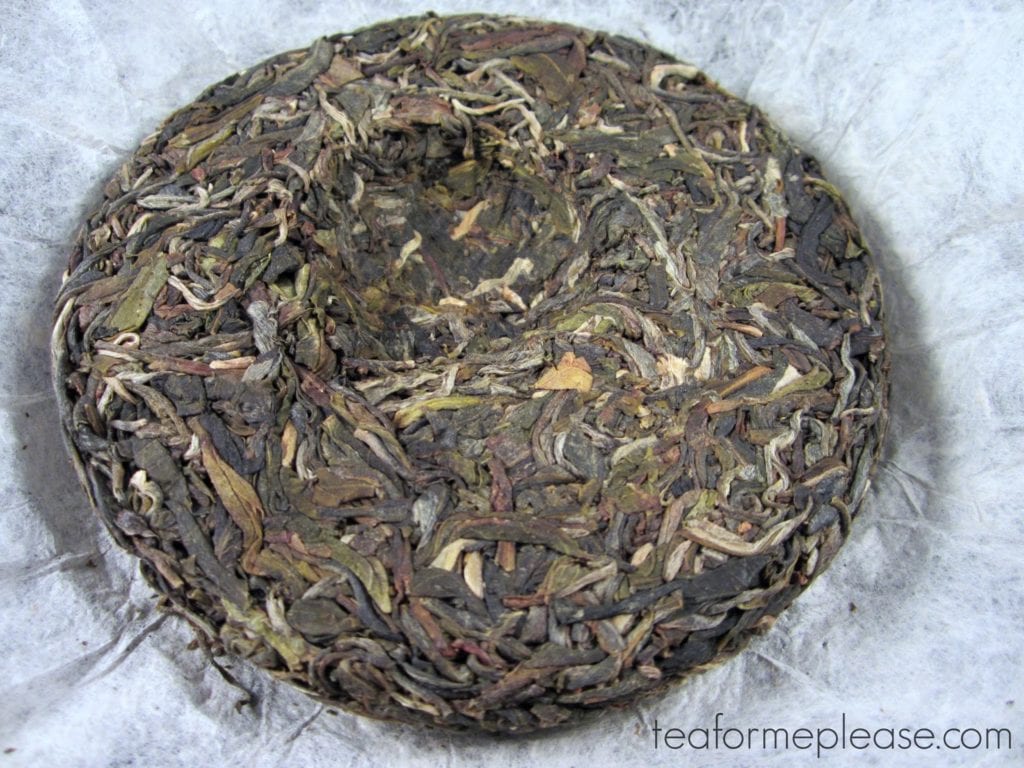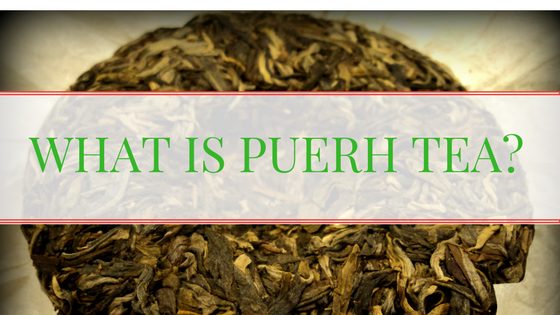We’ve arrived at the final installment of introductory guides to each type of tea. I was worried these posts might be too “old hat” for seasoned tea drinkers but they are important
Origins
Puerh is part of a larger category known as heicha (dark tea). It is produced only in the Yunnan Province of China. The tea trees used are of the larger leafed variety, Camellia Sinensis var. Assamica. Tea production in this region dates back as early as the Han Dynasty. Puerh is unique because the leaves are often compressed into flat cakes called bings. You may also see other shapes like mushrooms, bricks, and birds nests.
Varieties
Puerh can be divided into two distinct types. Sheng, or raw, puerh has a greener appearance. The leaves are allowed to retain some of the natural enzymes, allowing them to ferment and age over time. This process can be sped up by storing the tea in a carefully controlled, humid environment. Shou, ripe or cooked, puerh has a very dark appearance. The leaves are artificially fermented prior to being pressed into cakes. This process also dramatically affects the taste, making it dark and earthy.

A typical sheng cake, silvery buds mixed with darker greens and browns

A typical shou puerh cake, dark with more broken leaves
Processing
Sheng and shou are handled similarly in the initial stages of processing. After harvesting the leaves are withered and pan-fired. The heat level is high enough to bring oxidation to a near halt but it isn’t stopped completely. They are then rolled, by hand or machine, and then dried in the sun. The finished leaves are referred to as
Shou puerh then undergoes an additional step of wet piling known as
Taste
The two varieties are very different from each other. Most people will have a strong preference for one or the other. Sheng is bright and astringent with complex vegetal and floral notes. It can be bitter but is also known for hui gan, a comeback sweetness most people feel in their throat. I often describe it as a green tea that punches you in the face, but in a really nice way.
Shou puerh can be described as extremely dark and earthy (think forest floor after it rains). It will also usually have a natural sweetness with very little astringency. Notes of dark cocoa and even dried fruits can pop up if you find a really good quality one. Poorly processed tea can be so unpleasant that it borders on fishy so be wary of buying from unknown sources.
How to Brew It
When using western brewing methods water temperatures are usually around boiling point, 212° Fahrenheit. If you are finding a young puerh to be too bitter, try dialing it back to 175° Fahrenheit. Steep times can vary between 3 and 5 minutes depending on the tea. Puerh can be really hard to measure, especially if it is compressed. W
Gongfu is my go-to way to prepare puerh because I really like the way it concentrates the flavors. Gaiwans are a handy tool with puerh because you have more control over the heat level and pouring speed. Yixing or Jianshui clay vessels are also very popular. Water temperature will usually be from around 212° Fahrenheit with steep times will usually be about 30 seconds.
Pro Tip: If your shou puerh is too earthy, give the leaves a short rinse (10-20 seconds) before making your first cup.
What is your favorite region for puerh? Let me know about it in the comments!
